Topics
- active learning (18)
- research assignments (6)
- libraries (1)
- literature-based learning (2)
- multimedia (5)
- museums (6)
- object learning (7)
- online learning (5)
- peer instruction (10)
- storytelling (2)
- learning management system (2)
- syllabus design (3)
- teaching empathy (3)
- teaching fellows (1)
- lecture (3)
- learning goals (8)
- assessment (6)
- data (3)
- backward design (3)
- blended approaches (12)
- case-based learning (8)
- classroom contracts (7)
- classrooms and space (3)
- collaborative learning (27)
- community events (1)
- course transformation (7)
- devices (3)
- learning by making (5)
- discussion (24)
- engaged scholarship (4)
- experiential learning (16)
- feedback (18)
- group work (8)
- guest speakers (7)
- interdisciplinary (6)
- leadership (3)
Send feedback
Subscribe
Copyright © 2024 The President and Fellows of Harvard College | Privacy | Accessibility | Digital Accessibility | Report Copyright Infringement

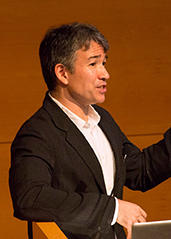 Students in Japanese art and architecture courses taught by Yukio Lippit, Professor of History of Art and Architecture, often encounter cultures quite different from their own. Lippit immerses them in those cultures through deep engagement with material artifacts, by examining roof tiles or carpentry, visiting the
Students in Japanese art and architecture courses taught by Yukio Lippit, Professor of History of Art and Architecture, often encounter cultures quite different from their own. Lippit immerses them in those cultures through deep engagement with material artifacts, by examining roof tiles or carpentry, visiting the 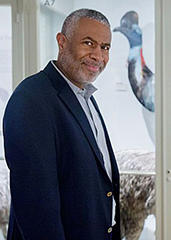 Scott Edwards, Professor of Organismic and Evolutionary Biology and Curator of Ornithology
Scott Edwards, Professor of Organismic and Evolutionary Biology and Curator of Ornithology  In distinguishing fact from opinion, quantitative information is often seen as more reliable, but Mario Luis Small, Grafstein Family Professor of Sociology, wants students also to see the value of qualitative data for assessing such claims. In his course
In distinguishing fact from opinion, quantitative information is often seen as more reliable, but Mario Luis Small, Grafstein Family Professor of Sociology, wants students also to see the value of qualitative data for assessing such claims. In his course 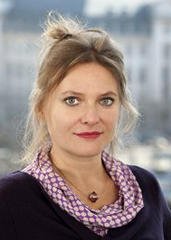 When Katharina Piechocki, Associate Professor of Comparative Literature, prepares for a course she has taught before, she significantly changes the syllabus to stay relevant in a rapidly-changing world, respond to students’ (and her own) growing interests, and take advantage of events outside the classroom.
When Katharina Piechocki, Associate Professor of Comparative Literature, prepares for a course she has taught before, she significantly changes the syllabus to stay relevant in a rapidly-changing world, respond to students’ (and her own) growing interests, and take advantage of events outside the classroom.
 Out of appreciation for Professor Shultz’s commitment to flexibility in artistic expression, this issue of Into Practice employs a slightly modified format.
Out of appreciation for Professor Shultz’s commitment to flexibility in artistic expression, this issue of Into Practice employs a slightly modified format.
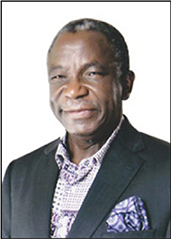 Jacob K. Olupona, Professor of African and African American Studies and Professor of African Religious Traditions, collaborated with students from Harvard Graduate School of Education in 2013 to develop a team-taught course on entrepreneurship that would appeal to learners across the University. “They felt entrepreneurship was important and central to what people are doing.”
Jacob K. Olupona, Professor of African and African American Studies and Professor of African Religious Traditions, collaborated with students from Harvard Graduate School of Education in 2013 to develop a team-taught course on entrepreneurship that would appeal to learners across the University. “They felt entrepreneurship was important and central to what people are doing.”  Paola Arlotta, Professor of Stem Cell and Regenerative Biology, creates an environment of active inquiry, experimentation, and brainstorming by employing interactive lecturing in her course,
Paola Arlotta, Professor of Stem Cell and Regenerative Biology, creates an environment of active inquiry, experimentation, and brainstorming by employing interactive lecturing in her course, 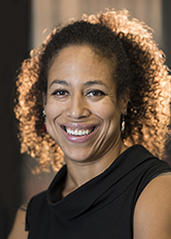 Cassandra G. Extavour, Professor of Organismic and Evolutionary Biology and of Molecular and Cellular Biology, is one of six co-instructors for
Cassandra G. Extavour, Professor of Organismic and Evolutionary Biology and of Molecular and Cellular Biology, is one of six co-instructors for 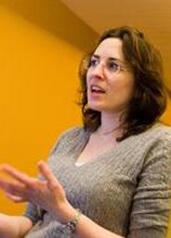
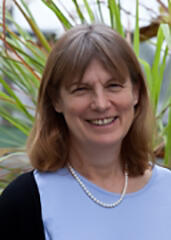 Elena Kramer, Bussey Professor of Organismic and Evolutionary Biology,
Elena Kramer, Bussey Professor of Organismic and Evolutionary Biology, 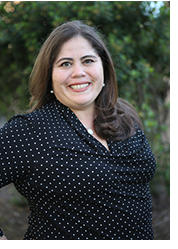
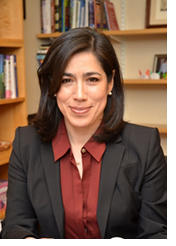 María Luisa Parra-Velasco, Senior Preceptor in Romance Languages and Literatures, requires her advanced Spanish language learners in
María Luisa Parra-Velasco, Senior Preceptor in Romance Languages and Literatures, requires her advanced Spanish language learners in 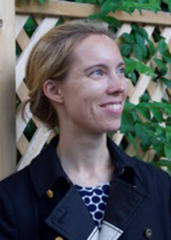 Karin Öberg, Thomas D. Cabot Associate Professor of Astronomy, taught departmental introductory course Stellar and Planetary Astronomy in 2016 by building on established material and modifying the curriculum using student feedback and her own observational assessment.
Karin Öberg, Thomas D. Cabot Associate Professor of Astronomy, taught departmental introductory course Stellar and Planetary Astronomy in 2016 by building on established material and modifying the curriculum using student feedback and her own observational assessment.
 Alfred Guzzetti, Osgood Hooker Professor of Visual Arts, dedicates the final session of
Alfred Guzzetti, Osgood Hooker Professor of Visual Arts, dedicates the final session of 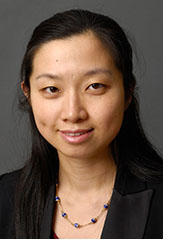 Jie Li, Assistant Professor of East Asian Languages and Civilizations, provides students with multiple opportunities to collaborate in General Education course
Jie Li, Assistant Professor of East Asian Languages and Civilizations, provides students with multiple opportunities to collaborate in General Education course 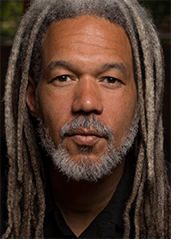 Vincent Brown, Charles Warren Professor of American History and Professor of African and African American Studies, trains students to interpret history through various media including graphics, data visualizations, videos, and art installations.
Vincent Brown, Charles Warren Professor of American History and Professor of African and African American Studies, trains students to interpret history through various media including graphics, data visualizations, videos, and art installations.